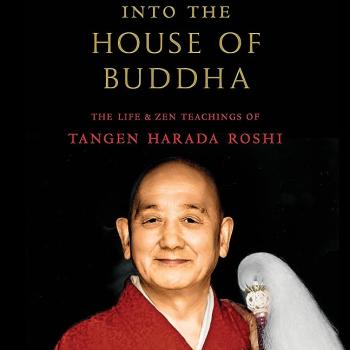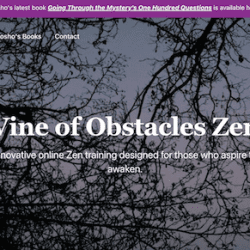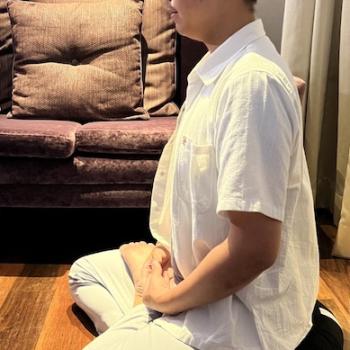My power consultant is a post-modern guy. He even wears Italian shoes. At least I’m confident that they’re not Birkenstocks or NB’s. They look odd in a stylish way – so I like to think they’re Italian.
Like my consultant’s shoes, my thoughts are a work in progress here. And I’m experimenting with this post-modern power orientation with a small group and expect that things will develop some over time.
Modern power is exercised through normative theories. The post-modern power orientation is to put any modern over-arching theory in the “third chair” and have a little chat with it. This has big implications on how a person is regarded.
You might say that post-modern power dissociates from any one organizing principle by putting the beating-hearted person first and so it is really tight with Dogen (pick almost any Shobogenzo passage and you’ll find a dissociation with any one organizing principle in action).
Given how the traditional, vertical model has not worked well in many important ways in many Zen communities, the present tendency is to emphasize the horizontal. However, when the vertical is weak or fuzzy, the “0” point, the intersection of the horizontal axis and the vertical axis is really difficult to find.
And I mean “0” here with all of its Zen implications.
I suspect that some of the new technology companies are way ahead of us here but I haven’t had time to research that yet. Some dynamic coming together of creativity, experience, accountability, and freedom is what is needed in our Zen organizations if we are to attract and train the next generation of teachers.
That’s one of my interests – I suspect that the present types of organizations common in dharma communities do not serve the teacher/student relationship in a way that will hook up Zen in the present with those in the future who might really take us to the next level of cultural integration.
Another tendency in Zen organizations is to borrow from the nonprofit world and find things that work, like the Carver Governance Model (a modern power approach). This is an important development and … in so doing, I fear that we may be bracketing our community/organizational life from the insights and teaching of the dharma and their direct application to our dharma relationships and organizations.
We could use our training to make dharma relationships and organizations more fully alive if could apply Zen now in a dynamically creative manner, for example, in which Dogen wrote. I think that’s our challenge.
What I can do now is lay out some “third option” reflections.
Post-modern is the third form of power along with traditional and modern. I’m borrowing and copying a lot here from Michele Focaut and David White, as I said a couple posts ago.
A few more highlights about post-modern power:
- Post-modern power instills in people the aspiration to realize inherent worth located in personal insight.
- It is unfolded in dyadic relationships.
- This relationship with power encourages people to train to broaden the limits of their capacity to allow for open-ended possibilities.
- It acts to actualize liberation.
- It arises from face-to-face teaching with a person or the mountains, rivers, and great earth.
- Post-modern power turns the spotlight on life and death, the great matter.
- And celebrates the rank of the person of no rank.
All of these bullets are in contrast to the relatively static power relationships in traditional and modern power.
Practically how does it work? A simple example: when a student is working with me on shikantaza, I usually have them begin working through the Genjokoan, which I think is a wonderful foundational text on how to do Zen. Just take the first line,
When all dharmas are of the buddhadharma, there is illusion and enlightenment, contemplation and action, birth and death, buddhas and sentient beings.
Most people want to use an understanding of this that they’ve gleaned from commentaries, talks, who-knows-where, and talk about the relative and absolute.
That’s got nothing to do with it. And although parroting another’s understanding won’t do at all if a person is to find and express living Zen, the post-modern approach is not to use the vertical alone (“Show me more!”) or affirm a view just because it is somebody’s idea (a more horizontal approach). My aim is to throw out neither the vertical nor the horizontal.
When both the vertical and horizontal are strong, clear, and flexible then the possibilities open-ended.
And here’s my cop-out. If you want something really nailed down on how to “do” post-modern, well, that’s not post-modern power. Post-modern power requires that we apply the principles and sit in a somewhat uncomfortable position much of the time.
Okay, that’s all I can do today. I’m going kayaking over the weekend and then to the Zen conference. I’ll be checking in though and am curious about how this impacts you, blog reader.
Comments from you might help me refine this so they would be especially welcome.











